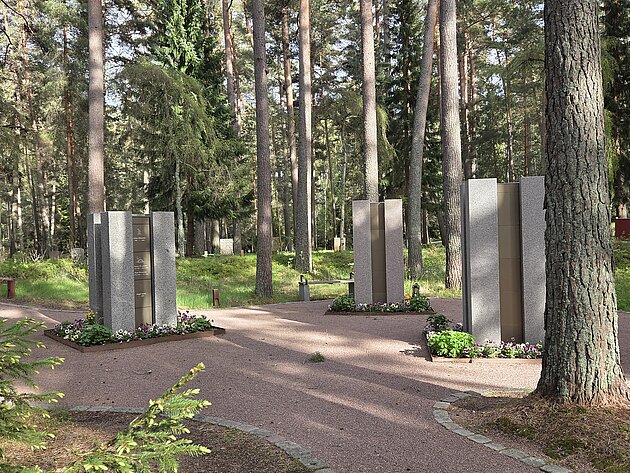Cemeteries of the future

Caring for the bodies of the deceased is an inevitable expression of human culture. Burial customs and cultures of remembrance vary over time and are dependent on cultural context. Historically, religious traditions have largely determined the design of cemeteries and the practices associated with these spaces. Today, cemeteries are also shaped by considerations of ecology, sustainability, contingency and the use of urban green spaces. Contemporary religious and cultural diversity has an obvious impact on the design of future cemeteries. Digitised grief will also leave its inevitable mark.
Recognising the historical and cultural traditions associated with the treatment of the bodies of the deceased, those responsible for the design of new burial grounds need to address a number of contemporary societal challenges. In addition, they need to make informed assumptions about the future use of these spaces. This complexity is explored in this collaborative initiative. We take our starting point in the following questions:
How are social, cultural heritage and ecological values embodied in the design of future cemeteries?
How do contemporary shifts in the perception of human life affect the design of future cemeteries?
In addition to researchers from three faculties at Lund University, the collaborative initiative includes representatives of the Church of Sweden (Lund and Växjö dioceses) and the Swedish Crematorium and Cemetery Association (SKKF).
The collaborative initiative is led by Professor Erik Sidenvall (erik.sidenvallctr.luse) and coordinated by Dr Ive Brissman (ive.brissmanctr.luse).
